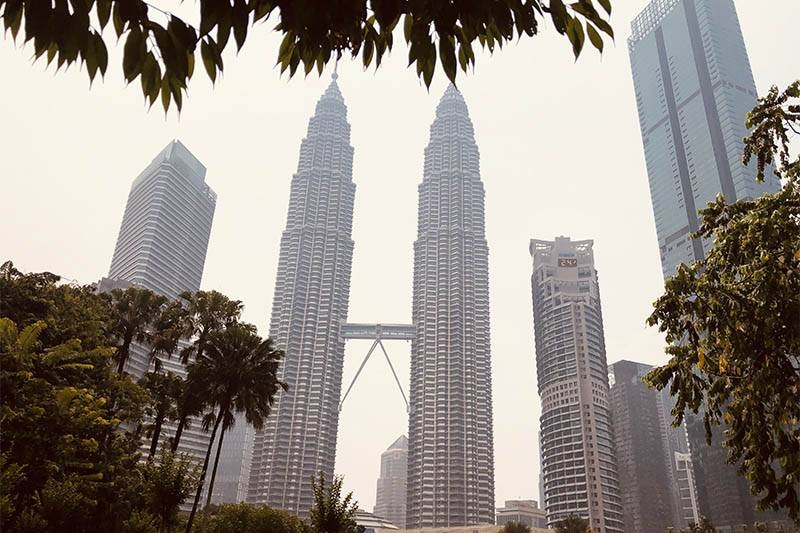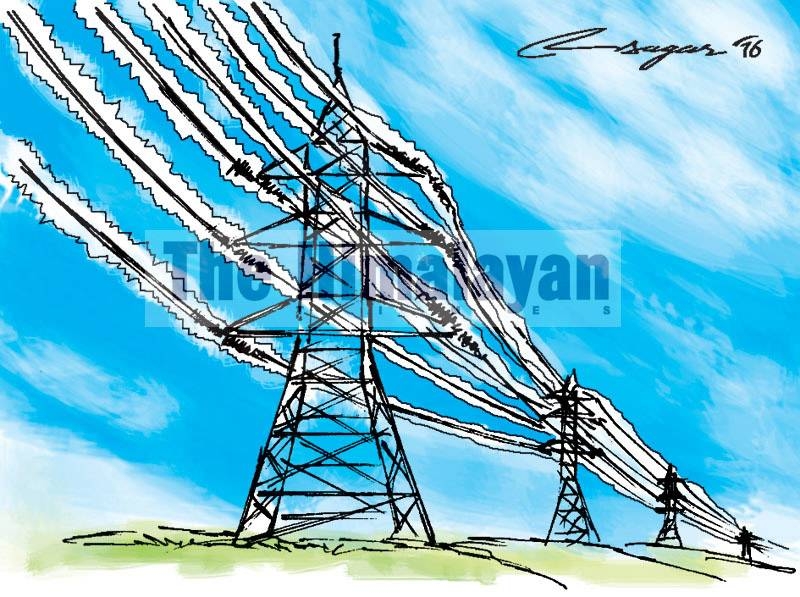NEA attempts to remove bottlenecks
• KALIGANDAKI CORRIDOR TRANSMISSION LINE
Published: 10:55 am Mar 08, 2023

Kathmandu, March 7
The Nepal Electricity Authority (NEA) has deployed a high-level team aiming to remove obstacles hindering the construction of the Kaligandaki Corridor 220 KV transmission line project in Phalewas, Parbat district.
Over the past three years, local residents have been impeding the construction of the transmission line project by insisting that the route be relocated, citing potential damage to schools and stadiums in Devisthan.
As a result, the construction of four transmission line towers in Phalewas has not been completed.
A high-level team comprising Managing Director of NEA Kulman Ghising, Deputy Managing Director of the Project Management Directorate Tara Prasad Pradhan, and Project Head Chandan Ghosh, conducted an on-site inspection of Phalewas-6 Devisthan, where the construction of the transmission line project is being impeded.
The team was joined by Phalewas Mayor Gangadhar Tiwari, Chief District Officer Chitrangat Baral, Deputy Superintendent of Police Madhusodhan Neupane, Ward President Navin Shrestha, and other local representatives and stakeholders.
The team carried out an on-site inspection of the transmission line construction site and engaged in discussions with the local residents.
Making an appeal to the local residents to refrain from impeding the construction, the team emphasised the significance of the transmission line project for the supply of electricity from hydroelectric projects to be constructed in Kaligandaki and its tributaries.
The team highlighted that the absence of transmission lines had been causing significant damage to the nation, particularly during the rainy season, as the electricity from the hydroelectric projects was unable to flow efficiently. In light of this, the team appealed for the cooperation and assistance of the local residents in completing the construction of the transmission line project.
NEA MD Ghising disclosed that it was mutually decided that the technical team would conduct a survey, which would be completed within the next four to five days, to ascertain the feasibility of relocating the transmission line tower.
'The locals had expressed concerns about the transmission line passing over a school, but upon conducting the on-site inspection, it was observed that the school would not be located on the right-of-way,' Ghising said.
'Following the survey, it was decided to relocate the transmission line tower towards the playground area, provided that it is technically feasible to do so. However, due to the presence of a cliff beneath the playground, it is improbable that the tower can be lowered considerably,' Ghising added.
He clarified that the tower will be constructed in such a way as to minimise its impact on the playground, while ensuring protection of the school to the extent that is technically feasible.
The construction of the Kaligandaki Corridor transmission line has commenced with the investment of the Nepal Government and NEA, as well as concessional loans from the Asian Development Bank.
The purpose of this project is to enable supply of power from hydropower projects that will be built in the Kaligandaki and its tributaries.
Under the project, the first section of 39.6-km line from Annapurna Rural Municipality-3 Dana in Parbat to Kushma Municipality-2 Khurkot in Myagdi has been completed and is in operation.
Two substations - 220-132 kV substation in Khurkot and 220-132-33 kV substation in Dana - have been constructed The construction of the second section of the corridor, which consists of an 88- km transmission line from Kushma to Sunwal Municipality-13 Bhumhi (New Butwal Substation) in Nawalparasi, is currently in its final stages. Out of the total 235 towers in this section, only four in Phalewas are yet to be constructed.
Project Head Ghosh stated that the construction of the transmission line is expected to be completed by June.
A version of this article appears in the print on March 8, 2023, of The Himalayan Times.



